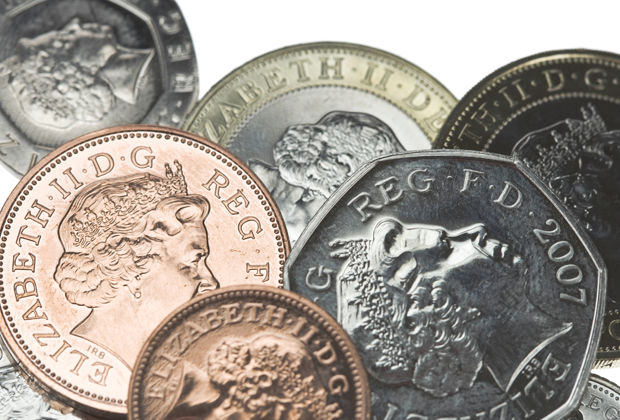
Consumer inflation rise may be part of a larger trend
Consumer inflation rose 0.5% for the 12 months to June 2016, which although only slightly may be a signal of a future trend.
According to the Office of National Statistics: "The rates for 2016 to date are still relatively low but are above those generally experienced in 2015, which was a year of historically low inflation, with the rate being at or around zero for much of the year."
The increase in inflation was seen prior to any additional pressures the Brexit vote and the falling pound sterling may add in the future.
The relatively low inflation has helped to see disposable income rise in the UK to an all time high for the first quarter of 2016, according to ONS figures.
Over the past two years the two per cent rise in wage growth was not the driving force behind growing disposable incomes across the UK.
The supermarket price wars which have seen like-for-like food prices fall continuously since the summer of 2014 combined with prices on commodities like fuel during the same period, has helped to raise disposable incomes despite the slow wage growth.
"The largest pull on inflation in June 2016 and for 2016 to date comes from the pull for food and non-alcoholic beverages," according to the ONS report on consumer price inflation which was released yesterday.
With the vote to leave the European Union and the weakening of the sterling import prices are expected to rise, which could further increase consumer inflation and put the squeeze on luxury expenditures like wine.
Some suppliers have already indicated that they may have to increase prices this autumn if the sterling does not strengthen in the short term.
Keywords:
- wine
- News
- European Wine News
- Retailers
- Sectors
- Suppliers
- United Kingdom
- Finance
- HWS - Erin Smith
- Erin Smith






